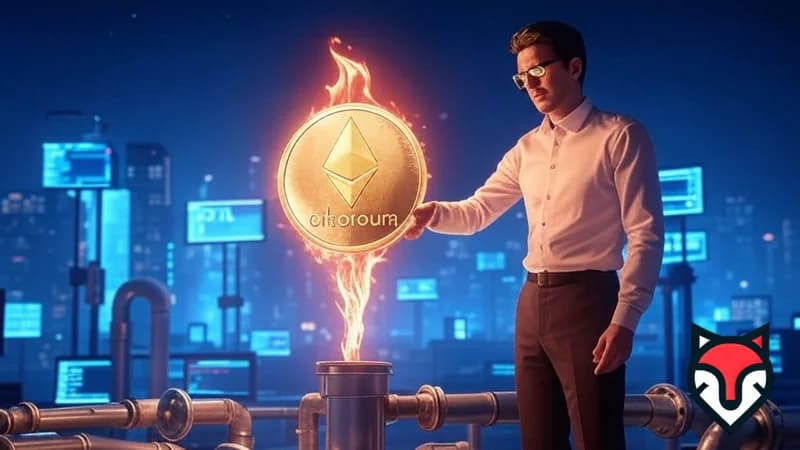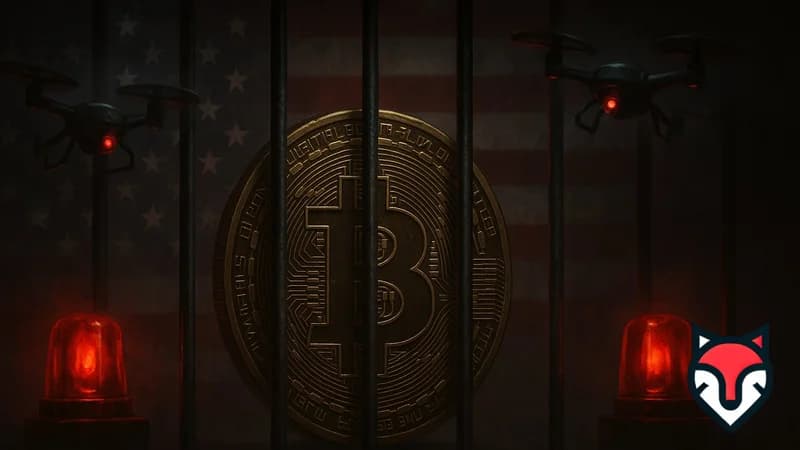Suggested
News
Last updated: Friday, April 11, 2025

Mastering Ethereum Gas Fees: How to Track and Save on Trades in 2025
It’s April 10, 2025, and Ethereum remains the backbone of decentralized finance, NFTs, and smart contracts. But there’s a catch: gas fees. Those unpredictable costs can eat into your profits faster than you can say ‘blockchain.’ Whether you’re trading tokens in Hanoi, staking ETH in Saigon, or minting art in Da Nang, tracking Ethereum gas fees is your ticket to saving big. Let’s break down how these fees work, why they matter, and how you can turn them into an advantage. Ready to keep more ETH in your wallet? Let’s dive in.
Ethereum Gas Fees 101: The Cost of Doing Business
First things first—what are Ethereum gas fees? They’re the price you pay to run transactions or smart contracts on Ethereum’s network. Measured in Gwei (1 Gwei = 0.000000001 ETH), gas fees reward validators who process your trades. In 2025, post-Proof of Stake, fees still swing based on network traffic. A simple ETH transfer might cost 10 Gwei on a quiet day, but a complex DeFi swap during a bull run? That could hit 80 Gwei or more. Knowing this is step one to cutting costs.
Imagine you’re in Bangkok, swapping USDT for a trending token. Gas fees spike to 120 Gwei because a new NFT drop’s clogging the network. Your $10 trade balloons to $30. Now picture waiting a few hours—fees drop to 15 Gwei, and you pay just $4. That’s the magic of tracking Ethereum gas fees: timing turns losses into wins.
What Drives Gas Fees Up and Down?
Ethereum gas fees aren’t static—they’re a live market. High demand for block space—like during a memecoin frenzy or a DeFi yield rush—pushes fees skyward. In March 2025, a gaming token launch drove fees to 200 Gwei for hours. But when the hype dies down, or Asia’s asleep, fees can fall below 10 Gwei. It’s a rollercoaster powered by users, and 2025’s Web3 surge keeps it spinning.
Ethereum’s upgrades play a role too. Sharding’s partial rollout has eased some pressure, but mainnet congestion persists. Layer 2 networks like Arbitrum and Polygon offer relief—think $0.05 trades—but many stick to mainnet for its trust factor. Tracking fees across these layers, plus peak vs. lull times, gives you the edge to save.
Top Tools for Gas Fee Tracking
To save on trades, you need data. Etherscan’s Gas Tracker is a go-to, showing live Gwei rates—20 Gwei for transfers, 60+ for contracts. MetaMask’s gas predictor adjusts fees based on speed, while Blocknative’s alerts ping you when fees hit your target. For nerds, Dune Analytics lets you chart gas trends—say, hourly averages in UTC+7 for Vietnam. GasNow and ETH Gas Station even forecast dips, giving you a 30-minute heads-up.
A trader in Saigon swears by Blocknative—last week, he waited for a 15 Gwei dip, saving 0.08 ETH ($200) on a DeFi move. Tools like these aren’t just handy—they’re profit protectors. Add a browser plugin like GasBuddy, and you’re set to trade smarter, not harder.
When to Trade: Timing the Gas Market
Timing’s your secret weapon. In 2025, gas fees peak from 2 PM to 6 PM UTC—when Europe and the US are awake and trading. But in Asia, 1 AM to 5 AM UTC often sees fees plummet—ideal for late-night traders in Manila or Jakarta. Weekends are quieter too; April’s Sundays averaged 12 Gwei, vs. 35 Gwei on Tuesdays.
Real example: a Hanoi NFT collector minted at 4 AM UTC for 10 Gwei ($2), while her friend paid 90 Gwei ($22) at 3 PM. Same project, different costs. Use Etherscan to watch the network, set a GasNow alert for 20 Gwei, and pounce when it’s cheap. Timing isn’t luck—it’s strategy.
Layer 2: The Low-Fee Shortcut
Too busy to time trades? Layer 2’s got you. Arbitrum One and Optimism process swaps for under a Gwei—$0.20 vs. $15 on mainnet. Polygon’s dirt-cheap too, with fees near zero. In 2025, Vietnam’s Kyber Network pushed Layer 2 adoption, letting traders swap tokens for pennies. Bridging to these networks costs a one-time gas fee, but then you’re golden.
Mainnet still rules for big DeFi plays or NFT drops—think Uniswap or Blur. Smart move? Use Layer 2 for daily trades, mainnet for must-haves, and track gas fees to nail both. It’s like picking a budget flight or first class—match the tool to the job.
Pro Hacks to Slash Gas Costs
Want more savings? Batch your trades—swap three tokens in one tx to spread the gas hit. Set custom fees—drop to 18 Gwei when 25’s suggested, if you can wait. On DEXs like SushiSwap, use limit orders to delay until fees dip. A Da Nang trader saved 0.06 ETH last month with this trick. Minting NFTs? Hit whitelists—lower fees before the public rush.
Devs can help too. A Hanoi coder cut gas 15% by streamlining a contract—bug your project’s team to optimize. Every tweak stacks up when you’re trading daily.
Gas Fees in 2025 and Beyond
Ethereum’s future’s bright—and cheaper. Sharding’s full launch by Q4 2025 could drop fees to 3 Gwei averages, per experts. Layer 2’s taking off—40% of trades now off-mainnet, says Dune. And with ASEAN banks testing blockchain, gas-like fees might hit digital currencies soon. Track it all on CoinDesk or Ethereum.org—2025’s a warm-up for bigger shifts.
Could fees fade? Rivals like Solana offer near-free trades, but Ethereum’s depth keeps it ahead. For now, tracking gas fees is your superpower—saving cash today, prepping for tomorrow.
Why You Should Care About Gas Fees
Ethereum gas fees aren’t trivia—they’re your money. In 2025, whether you’re a Saigon DeFi shark, a Hanoi NFT flipper, or just dabbling in Bangkok, tracking fees means more ETH for you. Search ‘Ethereum gas fees tracker’ or ‘save on ETH trades,’ and you’ll land here. It’s not tech jargon—it’s your edge. How much will you save today?
Suggested Articles
For You












